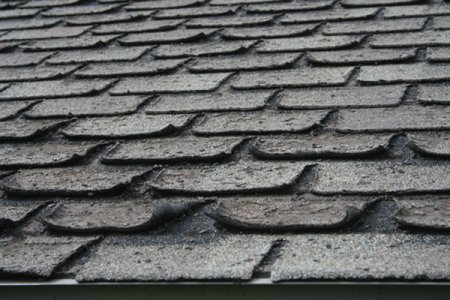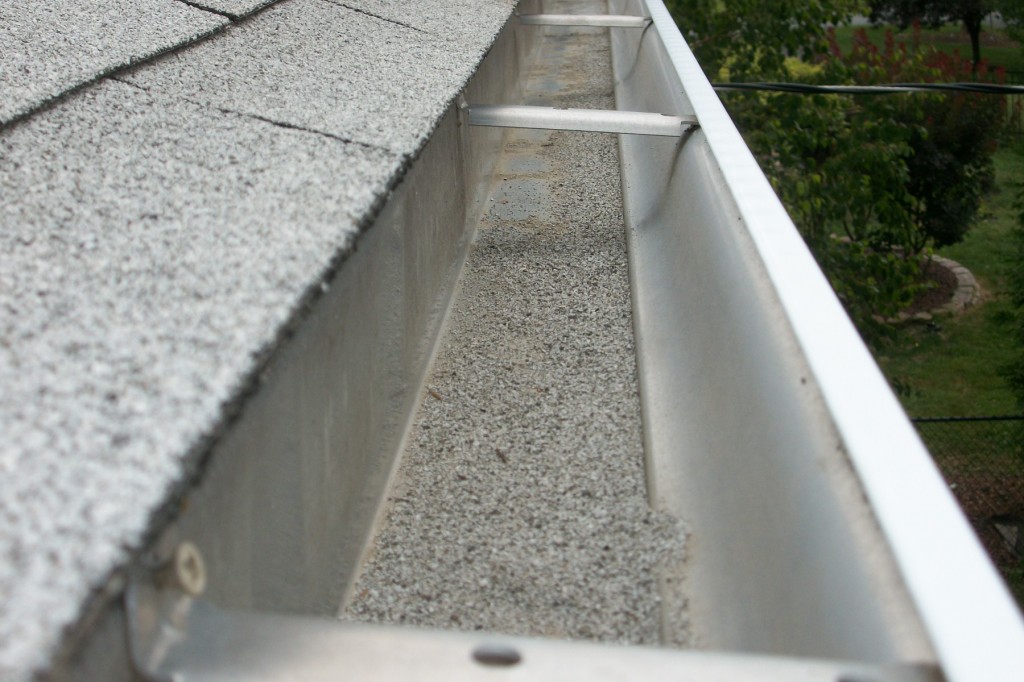Start Inside
If you think you might need a new roof, the first place to check isn’t your home exterior—it’s your attic. Get a flashlight and climb up under the eaves. Look for beams of light coming through the top of the house or stains and streaks, which signal a leaky roof.
Your roof’s 25th birthday is approaching
An asphalt single roof should have a life span of 20 – 30 years. While many shingles today are produced for durability, many factors can accelerate the aging of shingles. For example, if your roof is not properly ventilated, it can negatively impact your shingles
If you live in a development and your neighbors are all starting to replace their roofing, that could be a sign that you should do the same.

The shingles are curling
Shingles can curl in two ways: There’s cupping, which happens when the edges of the shingles turn upward; and there’s clawing, which is when the edges stay flat and the middle starts to come up.

Dark streaks
Airborne algae cause dark streaks on roof decks. While this may not necessarily harm the roof shingles, it may not look good. Algae streaks can be removed using a 50:50 blend of water and bleach sprayed on your roof. It is important to use a low volume garden hose so you do not knock the protective granules off your shingles. It is also important that you protect your landscaping from the bleach run-off.

You’re finding granules in the gutter
If you just got a new asphalt shingle roof and you see a bunch of granules in the gutters, there’s nothing to worry about: Those are just loose, extra ones. But if it’s been 10 or 15 years, that’s a sign of a bigger problem. Granules help keep the sun off the asphalt. Once the granules fall off and the shingles start to bake, the quality will deteriorate quickly.
Rescue From Rot
A droopy, sagging roof is one that surely needs replacing before further damage occurs to your home. Check the surface for signs of trapped moisture, rotting boards, or sagging spots—especially at the lowest points in the roof. There could be a problem with the decking in the attic or, worse, with the supports in the foundation.
